Which Zinnias are best for hummingbirds
sharon2079
5 years ago
Featured Answer
Sort by:Oldest
Comments (38)
Related Discussions
Sanvitalia / Creeping Zinnia -- best vairety? from seed? shade?
Comments (4)Alyrics and all -- Sanvitalia procumbens aka Mexican Creeping Zinnia isn't really a zinnia -- I think I recall that it's fairly closely related Rudbeckia. It's a low growing plant with a habit that's supposed to be good for containers, window boxes, flower pouches, etc. Keep in mind I haven't actually grown it myself -- I haven't been able to find it offered locally. It's supposed to be heat and drought tolerant, which would make it perfect for a couple of difficult spots I've got. It is also supposed to tolerate some shade, but I've seen conflicting recommendations about amount of sun for best bloom. That's one question I was hoping someone could answer! I'm leaning toward Sanvitalia 'Irish Eyes' which has orange flowers with a green eye (check out a picture via the link below). There are other varieties with yellow or orange flowers with brown or black eyes -- some varieties claim to be at least partially double flowered. If anyone can share their experience with this plant, I'd appreciate it! LianeNY Here is a link that might be useful: Sahin Seed --- Sanvitalia procumbens 'Irish Eyes'...See MoreBest purple/lavender zinnia?
Comments (10)Hi mantis__oh, " I liked the Benary's Wine and Coral. " Are there any other zinnia varieties that you liked? "It is a considerable waste of space to plant something that turns out to be not as pictured or a weak grower." I agree with that. However, as an amateur zinnia breeder, I do plant a lot of hand hybridized F1 and F2 hybrid zinnias that I know in advance I am going to cull a lot of them. Also, I will plant commercial zinnia varieties with the expectance that they will vary a lot and I will use pollen from or save seeds from only a few of the very best. If you choose to save seeds from your zinnias for use next year, it just makes sense to save seeds from only the best ones. And the following year, you will be saving seeds from the best of the best, and so on. You can make a lot of progress doing that. "...or a weak grower." There are zinnias that are just defective in that regard, but I have a big zinnia garden and sometimes some of my zinnias get neglected by me and I don't take the best care of them, and an inhospitable environment can make them seem to be a weak grower, when if I took really good care of them, they would flourish. If a zinnia appears to be "special" I designate it as a breeder, put a coded tag on it, and take better care of it than the ones I just keep for the butterflies and hummingbirds. There are several ways to improve your care of a zinnia that most people don't do. ZM This post was edited by zenman on Thu, Aug 14, 14 at 13:45...See MoreBest way to deadhead zinnias based on botany
Comments (6)In the leaves, plants produce a carbohydrate called glucose (a sugar molecule) which is transported to other parts of the plant for energy. This carbohydrate is produced by photosynthesis. The vascular system of plants consist of two parallel "arteries" the xylem and phloem. In the xylem, water and dissolved nutrients are moved upwards (from the roots). This is a one-directional movement powered by a pumping action. The evaporation of water in the leaves creates a vacuum which helps pull water (and dissolved fertilizer nutrients) up the vascular pathways. In the pholem, which is responsible for transporting glucose (sugars), the direction is not limited to one direction. The movement is from sugar producing tissues (sugar sources) to sugar consuming tissues (sugar sinks). Sugar sinks are consuming entities, such as fruit, flowers, roots, etc whereas sources are tissues which produce the glucose, or which is responsible for breaking starch down into glucose. The transport inside the phloem is done by another force called hydrostatic pressure. In the phloem by the leaves water is mixed with high concentrations of glucose (sweet water) creating relatively high pressure (tugor). In the roots, the sugar is removed/consumed which causes water concentration in the phloem to drop. The result is that you have a high pressure at the production site and a low pressure at the consumption site. I.e. you have set up the requirements for a pump to work. The flow will be from high sugar concentration (low water concentration) to low sugar concentration (high water concentration). The reason this takes place is that water though osmosis will either flow into the tube or out of the tube to match the sugar flow (rules of diffusion). Therefore, to answer your question: By pruning off relatively large parts of the plant you are removing tissue which would otherwise be used to produce sugars (photosyntehsis potential), but sugars do not by rule move 'upstem'. Quite on the contrary. Most sugar is produced 'high on the plant' (in the leaves) and is often transported to the roots, although quite a bit also end up in flowers and thus, yes, some sugar does move 'up-stem'. But you are not preventing this movement from taking place just because you prune high or low. These two issues are not connected. If you want to know what happens when you prune a plant, take a look at the below article. Here is a link that might be useful: Cutting and Pinching - article...See MoreYour best hummingbird plants
Comments (2)My hummers seem to mostly go for my impatiens, lantana, honeysuckle vine, hosta, lilies, and solomon's seal.... I grow some of the other plants you've mentioned but I've never seen my hummers feeding on them. As my neighbor says, though, I have a "target rich environment". :)...See MoreJay 6a Chicago
5 years agolast modified: 5 years agozen_man
5 years agoJay 6a Chicago
5 years agozen_man
5 years agoJay 6a Chicago
5 years agolast modified: 5 years agorob333 (zone 7b)
5 years agolast modified: 5 years agoSaypoint zone 6 CT
5 years agosamhain10 - 5a
5 years agosamhain10 - 5a
5 years agoSaypoint zone 6 CT
5 years agosamhain10 - 5a
5 years agorob333 (zone 7b)
5 years agozen_man
5 years agolast modified: 5 years agorob333 (zone 7b)
5 years agolast modified: 5 years agosamhain10 - 5a
5 years agomxk3 z5b_MI
5 years agocindip63
3 years agozen_man
3 years agolast modified: 3 years agocindip63
3 years agozen_man
3 years agolast modified: 3 years agocindip63
3 years agozen_man
3 years agolast modified: 3 years agocindip63
3 years agozen_man
3 years agolast modified: 3 years agocindip63
3 years agozen_man
3 years agolast modified: 3 years agoCathy Kaufell
3 years agocindip63
3 years agozen_man
3 years agolast modified: 3 years agocindip63
3 years agozen_man
3 years agolast modified: 3 years agocindip63
3 years agozen_man
3 years agolast modified: 3 years agocindip63
3 years agozen_man
3 years agolast modified: 3 years ago
Related Stories
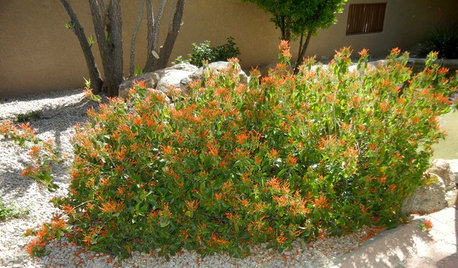
GARDENING GUIDESGreat Design Plant: Justicia Spicigera Brings In the Hummingbirds
Brighten shady areas with the colorful flowers of Mexican honeysuckle, also called mohintli, which appear all year long
Full Story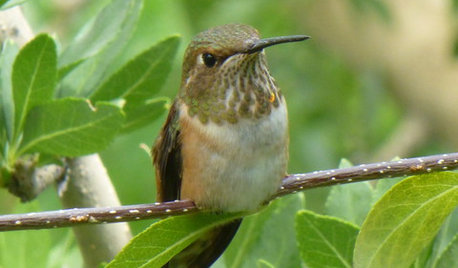
GARDENING GUIDES8 Flowers That Hummingbirds Adore
To draw those mesmerizing little birds to your garden or doorstep, plant these flowers that are attractive in more ways than one
Full Story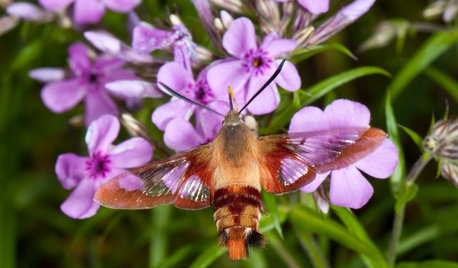
GARDENING GUIDESHummingbird or Moth? See Why You Want Clearwings Around
These fascinating moths may be helpful pollinators for your garden. Here’s how to coax them your way
Full Story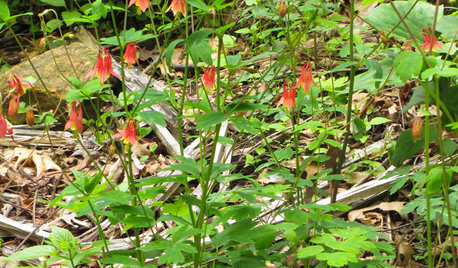
FLOWERS AND PLANTSRoll Out the Welcome Mat for Hummingbirds With Red Columbine
Grow Aquilegia canadensis in eastern perennial gardens or informal woodland plantings for its delicate foliage and uncommon red flowers
Full Story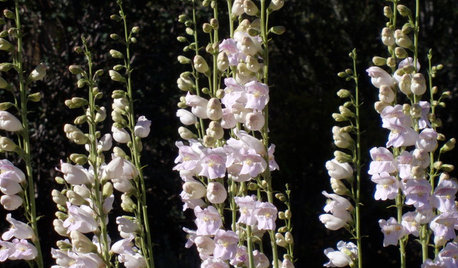
FLOWERS AND PLANTSInvite Hummingbirds and Native Bees With These Spiky Pink Flowers
Plant Palmer’s penstemon, or Penstemon palmeri, in the western U.S. for fragrant spring and summer blossoms
Full Story
GARDENING GUIDESBackyard Birds: Invite Entertaining Hummingbirds Into Your Garden
Hummingbirds — unique to the Americas — zip through open landscapes seasonally or year-round. Here’s how to attract them
Full Story
GARDENING GUIDESAttract Hummingbirds and Bees With These Beautiful Summer Flowers
Roll out a welcome mat for pollinators to keep your landscape in balance and thriving
Full Story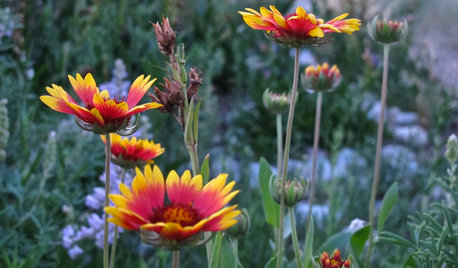
GARDENING GUIDESThese Hummingbird-Attracting Native Plants May Surprise You
These flowers, vines and shrubs offer shelter and food supplies that keep hummingbirds around longer
Full Story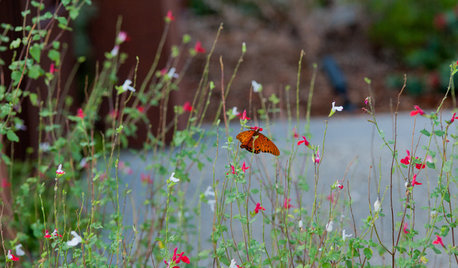
EARTH DAYCreate a Container Wildlife Habitat for Hummingbirds and Butterflies
Don’t let limited space prevent you from welcoming wildlife into your garden
Full Story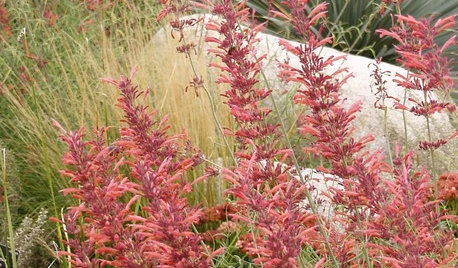
FLOWERS AND PLANTSAgastache Rupestris, a Heat-Loving Hummingbird Magnet
Threadleaf giant hyssop adds color and fragrance to late-summer and fall xeric gardens
Full Story







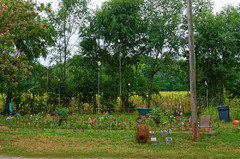
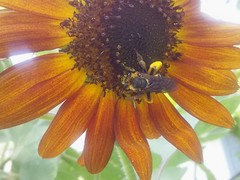



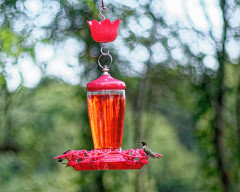






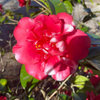
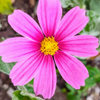
zen_man